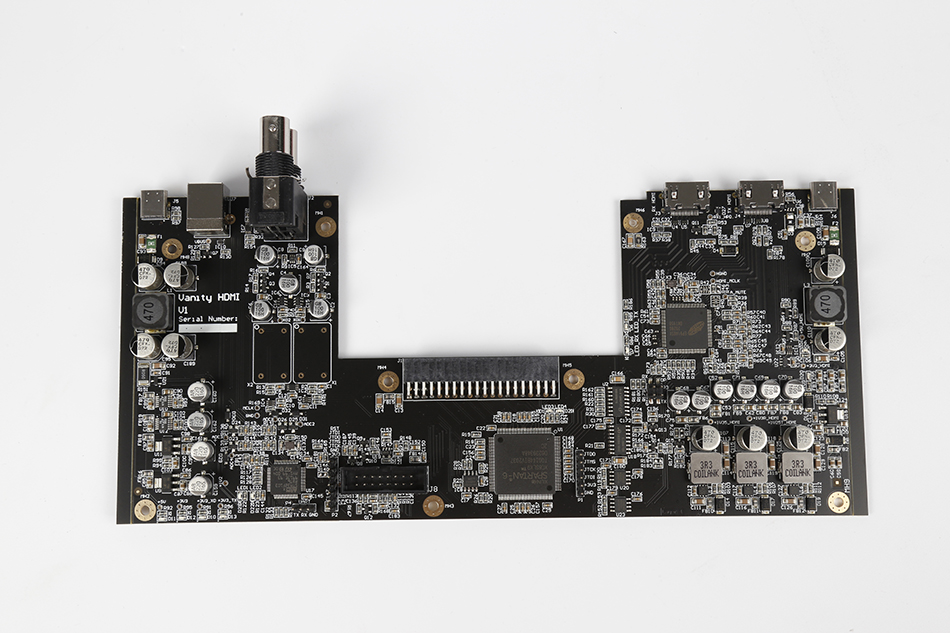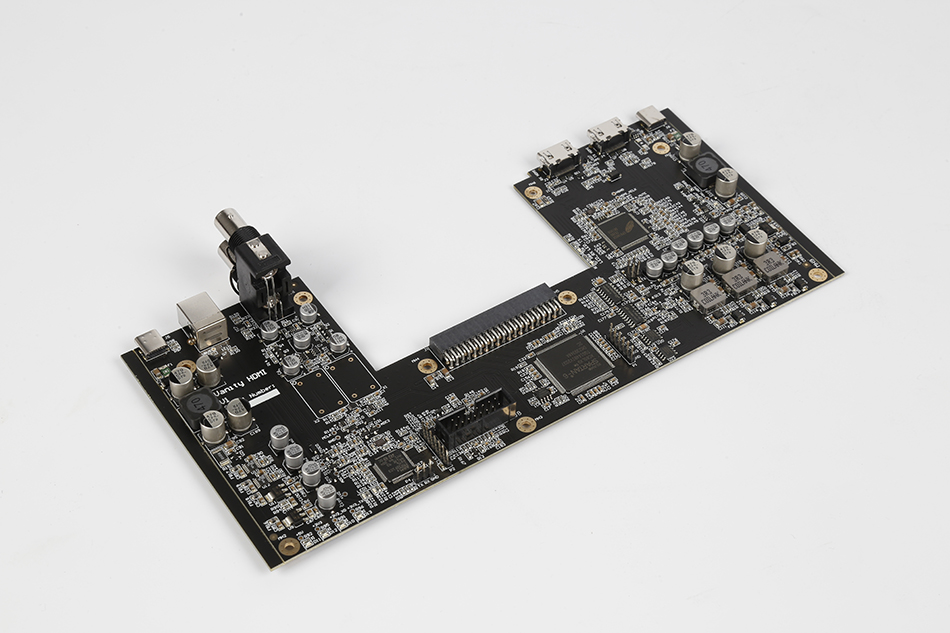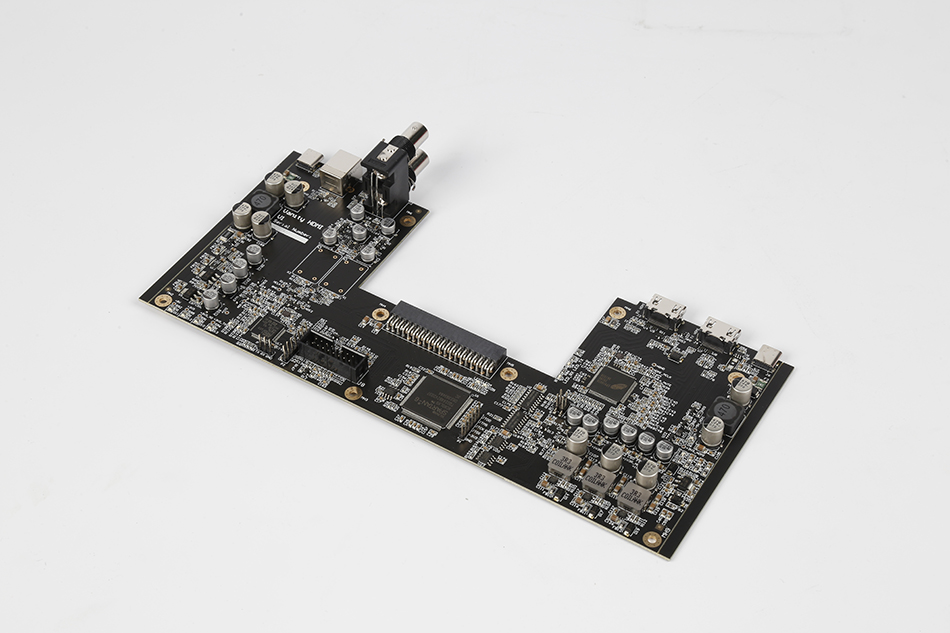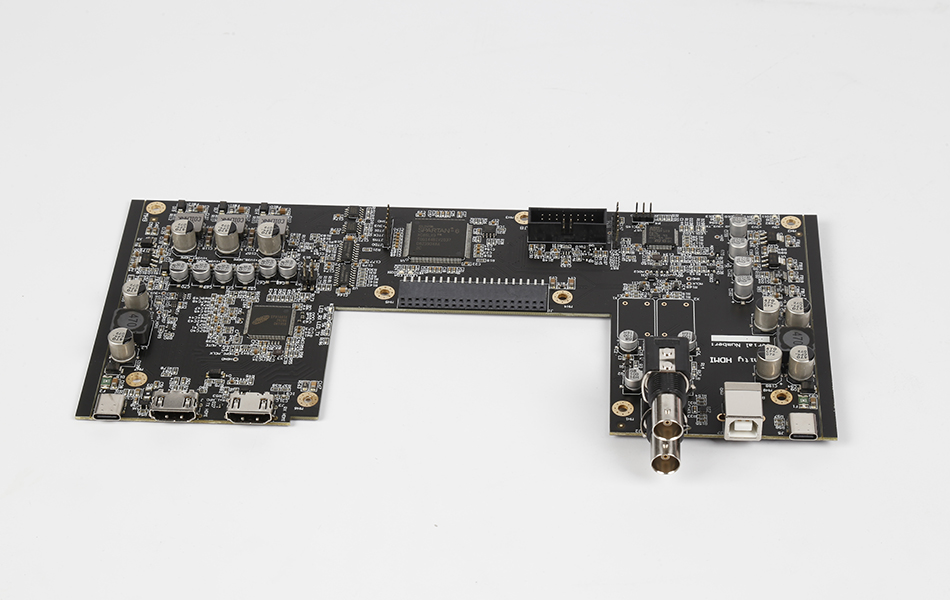-
- PCB TYPE
- PRINTED CIRCUIT BOARD PROTOTYPE ALUMINUM PRINTED CIRCUIT BOARD R&F PCB FPC HIGH FREQUENCY PCB HIGH-TG PCB HEAVY COPPER PCB HDI PCB PCB FOR LIGHTING METAL CORE PCB
time:Oct 21. 2025, 09:35:42
Printed Circuit Board Assemblies (PCBA) are integral components in modern electronic devices, from smartphones to automotive systems. As the demand for electronic products continues to rise, so does the need for cost-effective and efficient PCBA solutions. This guide will walk you through the essentials of cost-optimized PCBA solutions, helping you understand how to balance quality and affordability without compromising on performance.
Printed Circuit Board Assemblies are vital to the operation of electronic devices. They consist of a board, typically made of fiberglass, with conductive pathways etched onto it. Components such as resistors, capacitors, and microchips are soldered onto the board to create a functional electronic circuit.
PCBA serves as the backbone of electronic devices, providing the necessary connections and pathways for electricity to flow. Without a properly functioning PCBA, devices would fail to operate. This makes it crucial to ensure that the PCBA is both reliable and cost-efficient.

Cost-optimized PCBA refers to strategies and practices aimed at reducing the cost of PCB assembly without sacrificing quality or performance. It involves careful selection of materials, efficient design processes, and streamlined manufacturing techniques.
Design for Manufacturability (DFM): This approach focuses on designing PCBAs in a way that simplifies the manufacturing process, reducing time and costs. It includes minimizing complex features and selecting cost-effective materials.
Bulk Purchasing of Components: Buying components in bulk can significantly reduce costs. It’s essential to work with suppliers who offer competitive pricing for high-volume orders.
Automation in Assembly: Utilizing automated assembly lines can lower labor costs and increase production speed, contributing to overall cost reduction.
Outsourcing to Low-Cost Regions: Many companies outsource PCBA production to regions with lower labor costs, such as Asia, to take advantage of economic efficiencies.

Adopting cost-optimized PCBA solutions offers several advantages:
Increased Competitiveness: Lower production costs can lead to reduced pricing for end products, making them more attractive in the market.
Higher Profit Margins: By reducing manufacturing expenses, businesses can enjoy higher profit margins.
Enhanced Product Accessibility: Affordable products reach a wider audience, boosting sales and market penetration.
While cost-optimization offers numerous benefits, it also presents challenges that need to be addressed:
Reducing costs should not come at the expense of quality. It’s crucial to maintain rigorous quality control measures to ensure the reliability and performance of PCBAs.
Managing the supply chain effectively is vital to cost-optimization. Delays or disruptions in the supply chain can lead to increased costs and production setbacks.
Staying updated with the latest technology and manufacturing processes is essential. Companies must invest in research and development to keep their cost-optimization strategies relevant.

Begin by assessing your current PCBA design and production processes. Identify areas where costs can be reduced without affecting quality. This may involve simplifying designs, choosing alternative materials, or modifying production techniques.
Work closely with suppliers to negotiate better pricing and ensure a steady supply of components. Establishing long-term relationships with reliable suppliers can lead to cost savings.
Consider investing in advanced manufacturing technologies, such as automated assembly lines and quality control systems. These investments can lead to long-term cost reductions and improved product quality.
Regularly monitor production costs and quality metrics. Use this data to make informed decisions about further cost-optimization efforts. Be open to adjusting strategies as market conditions and technologies evolve.

Several companies have successfully implemented cost-optimized PCBA solutions, leading to significant cost savings and improved competitiveness:
Company A: By adopting Design for Manufacturability principles and automating its assembly line, Company A reduced its PCBA production costs by 30%.
Company B: Outsourcing its PCBA production to a low-cost region allowed Company B to cut labor costs by 40% while maintaining product quality.
Company C: Through strategic bulk purchasing agreements with suppliers, Company C achieved a 20% reduction in component costs, leading to lower overall production expenses.
Cost-optimized PCBA solutions are essential for businesses looking to remain competitive in the electronics industry. By implementing strategies such as Design for Manufacturability, bulk purchasing, and automation, companies can reduce costs while maintaining high-quality standards. However, it is crucial to address challenges such as quality control and supply chain management to ensure the success of cost-optimization efforts. With the right approach, businesses can achieve a balance between affordability and quality, ultimately enhancing their market position and profitability.

Got project ready to assembly? Contact us: info@apollopcb.com



We're not around but we still want to hear from you! Leave us a note:

Leave Message to APOLLOPCB
